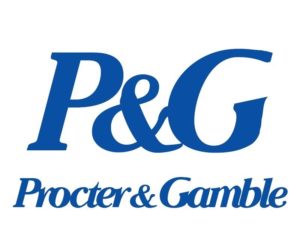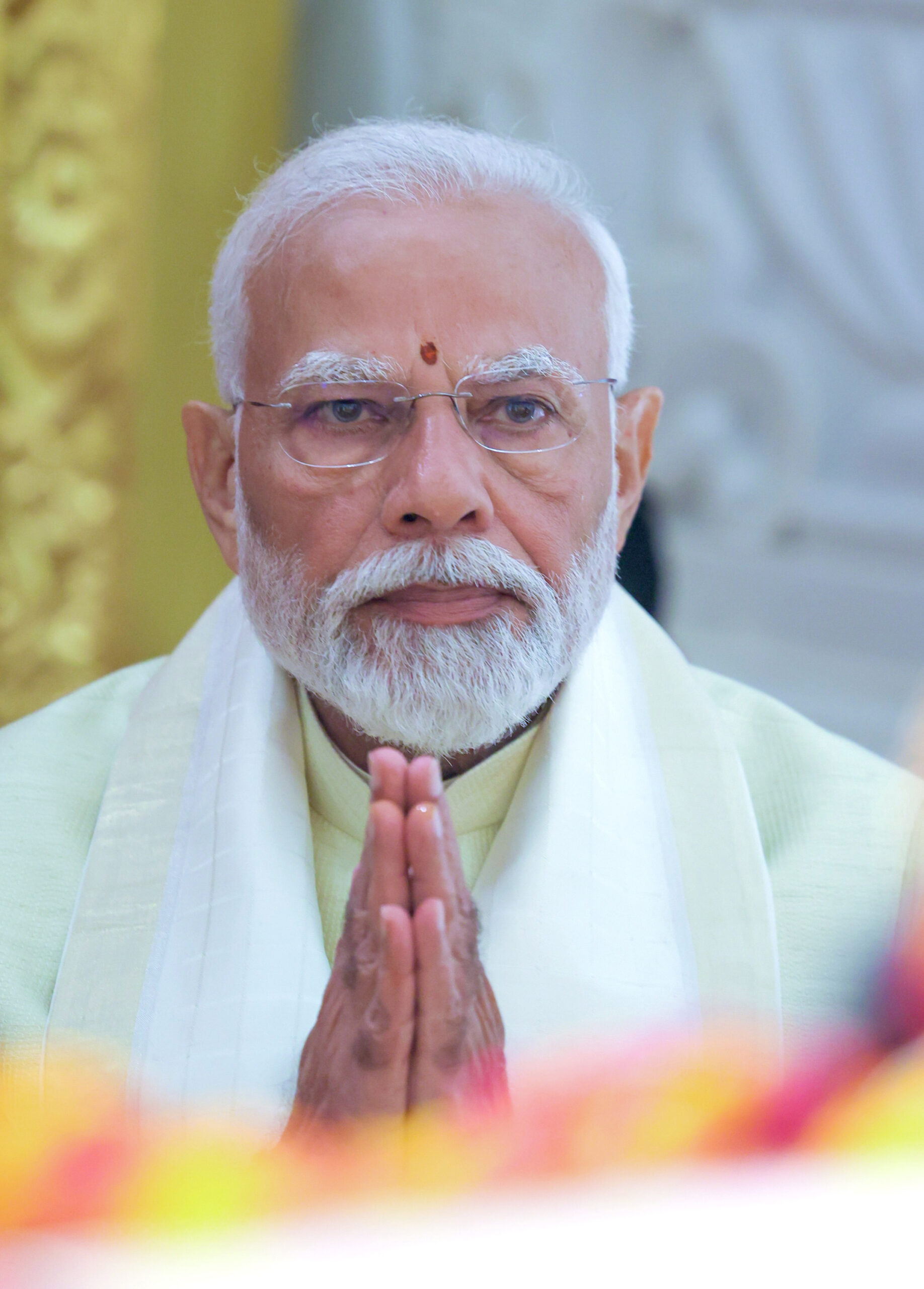 The Procter & Gamble Company (P&G) boasts dozens of billion-dollar brands for home and health. The world’s largest maker of consumer packaged goods divides its business into five global segments. The company also makes pet food, water filters, and over-the-counter acid-reflux medication. About two dozen of P&G’s brands are billion-dollar sellers, including Always, Braun, Crest, Fusion, Gillette, Head & Shoulders, Mach3, Olay, Oral-B, and Pantene, as well as Bounty, Charmin, Dawn, Downy, Gain, Pampers, and Tide in the household care segment. In 2016 it sold a significant portion of its Beauty segment’s products to beauty products company Coty for $11.4 billion.
The Procter & Gamble Company (P&G) boasts dozens of billion-dollar brands for home and health. The world’s largest maker of consumer packaged goods divides its business into five global segments. The company also makes pet food, water filters, and over-the-counter acid-reflux medication. About two dozen of P&G’s brands are billion-dollar sellers, including Always, Braun, Crest, Fusion, Gillette, Head & Shoulders, Mach3, Olay, Oral-B, and Pantene, as well as Bounty, Charmin, Dawn, Downy, Gain, Pampers, and Tide in the household care segment. In 2016 it sold a significant portion of its Beauty segment’s products to beauty products company Coty for $11.4 billion.
Operations
P&G operates its business globally through five segments — Beauty; Grooming; Health Care; Fabric Care and Home Care; and Baby Care, Feminine and Family Care. In 2016, the company sold a large portion (some 40 brands) of its Beauty segment products to Coty.
Prior to the sale, the company’s Beauty segment (which accounted for 18% of fiscal 2016 sales) made and marketed a variety of products, including deodorants, cosmetics, and skin care. The world’s top facial skin care brand, Olay enjoyed a 7% global market share. The Beauty segment also held leadership positions worldwide in the hair care and color market, and boasted a more than 20% global market share across its Pantene and Head & Shoulders brands. Within the prestige sales channel, P&G competed with its prestige fragrances and the SK-II brand and is the global market leader in prestige fragrances with help from its Dolce & Gabbana fragrance, which it still owns, and Gucci and Hugo Boss fragrances, which it sold to Coty. The company was expanding its luxury fragrance offering with a new licensing agreement with designer Stella McCartney. P&G began selling her fragrances in fall 2013.
Through its long-established Gillette franchise, which boasts the Fusion, Mach3, Prestobarba, and Venus brands, P&G’s Grooming segment has captured about a 70% stake in the global blades and razors market. The company’s electronic hair removal devices, such as electric razors and epilators, sell under the Braun name worldwide. The Grooming segment (generating 10% of sales) has achieved a 20% share of the male shavers market and a more than 45% stake in the female epilators market.
P&G’s Health Care segment, which brought in 11% of sales in 2016, includes oral care, feminine care, and personal health care products. Nearly all of its personal health sales outside the US are generated through the PGT Healthcare partnership with Teva Pharmaceuticals Ltd.
The Fabric Care and Home Care segment (32% of 2016 sales) comprises laundry detergents, additives, and fabric enhancers, as well as dishwashing liquids and detergents, surface cleaners and air fresheners, batteries, and pet care.
Boasting a 30% global market share, the company’s Baby Care and Feminine, Family Care segment makes and markets diapers and baby wipes. The segment generated 28% of P&G’s 2016 revenues.
Aside from its primary business as the world’s top consumer products company, P&G operates in sectors most consumers don’t consider. To establish itself in the commercial cleaning niche, it operates the P&G Pro Line Lodging Program, an in-room cleaning and on-premise laundry (OPL) and daily-cleaner service. (P&G’s Pro Line cleaning products — which are strategically part of the services — include several of its brands: Comet, Downy, Febreze, Mr. Clean Magic Eraser, Spic and Span, Swiffer Dusters, and Tide.) P&G also operates a dozen Mr. Clean Car Wash and Oil Change locations (formerly Carnett’s Car Washes) in Atlanta.
P&G has built a formidable business partnering with pharmaceutical firms for years, as well, to tap into the industry’s lucrative niches. P&G formed a 51%-owned joint venture with leading generic drugs maker Teva Pharmaceutical Industries to sell over-the-counter (OTC) drugs outside North America. P&G and Teva anticipate their alliance will generate up to $4 billion in sales by 2015. In the past, P&G has partnered with Novartis to give Enablex, a Swiss pill used to treat overactive bladder, a deeper and broader reach into the US. It also operates joint venture SPD Swiss Precision Diagnostics with Inverness Medical Innovations to market at-home diagnostic products (including pregnancy tests and fertility monitors under the Clearblue, PERSONA, and Accu-Clear names). Additionally, P&G works with therapeutic drug development firm Curis to research and develop potential hair growth treatments leveraging Curis’ Hedgehog agonist technology.
Geographic Reach
P&G has operations in some 70 countries worldwide. It generates about 44% of its revenue from its business in the US and Canada. P&G’s remaining revenue comes from Western Europe, Asia, Latin America, and Central & Eastern Europe/Middle East/Africa (CEEMEA).
To support its US operations, P&G owns and operates 24 manufacturing sites across more than 18 states and territories. Additionally, it also owns and operates about 100 production facilities in 38 other countries. Typically, its domestic and international manufacturing sites produce products for multiple P&G businesses.
P&G’s hundreds of brands are available in more than 180 countries.
Sales and Marketing
Along with its vast stable of brands, P&G each year invests mightily in advertising its products. It spent $7.2 billion on advertising expenses in 2016, compared to $7.2 billion in 2015 and $7.9 billion in 2014. (Even during the recession, P&G in 2009 shelled out some $7.4 billion for ads.) The company supports its products through advertising, promotions, and other marketing vehicles as it works to build brand awareness. Since the über acquisition of near-equal behemoth Gillette, P&G has seen the marriage of the two giants as offering it increased and sustained bargaining power against the likes of Wal-Mart (which accounted for about 14% of P&G’s 2014 sales) in the US and Aldi in Europe, as those two companies delve deeper into private labeling and cost-conscious positioning. The P&G-Gillette entity also flexes more muscle in media spending negotiations. The company’s top ten customers account for 35% of total sales in 2016.







